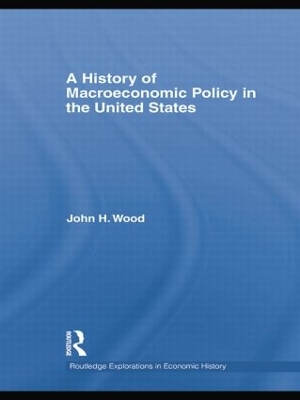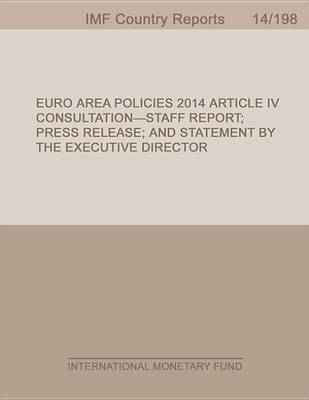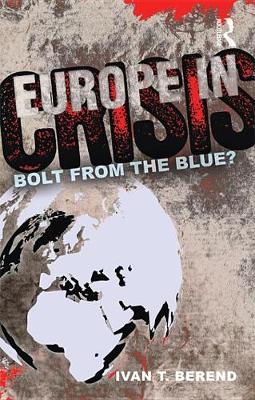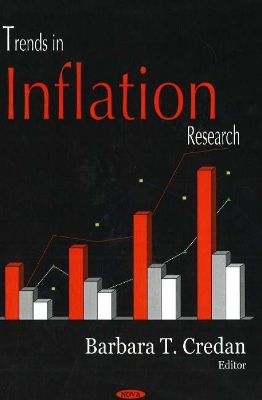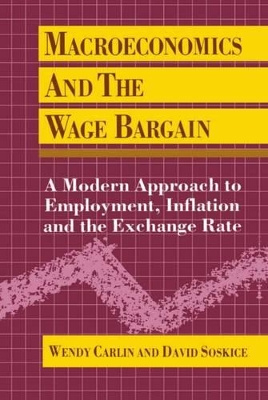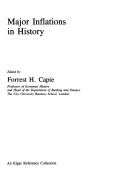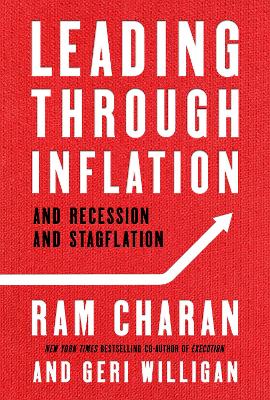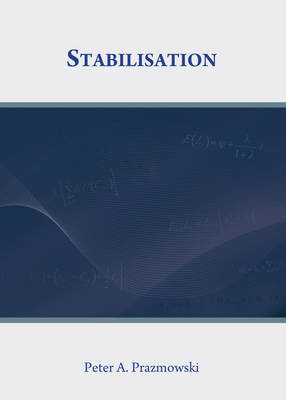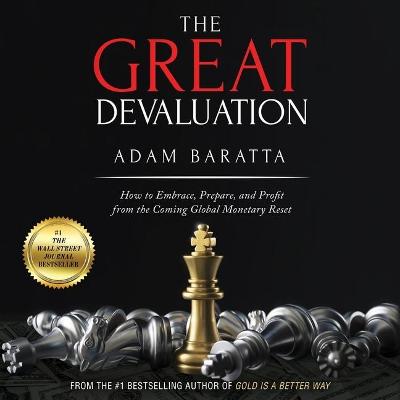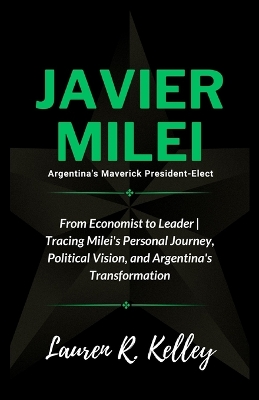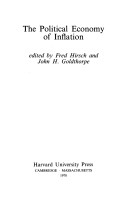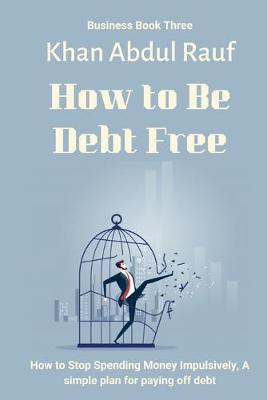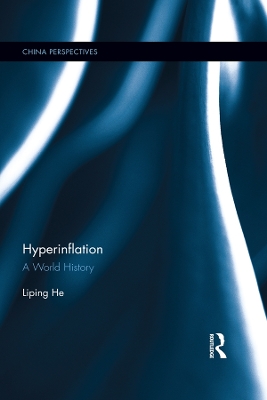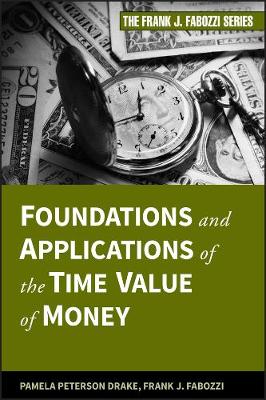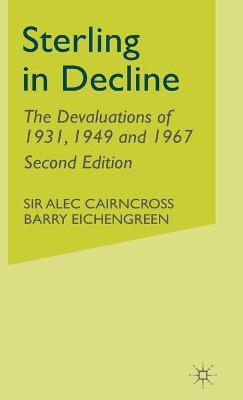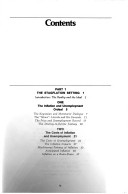A History of Macroeconomic Policy in the United States (Routledge Explorations in Economic History)
by John H. Wood
Keynes asked whether his ‘visionary’ ideas would overcome the interests opposed to change. However, an examination of the histories of monetary and fiscal policies suggests that this is a false distinction. The interests and ideas associated with government policies are seldom opposed. The suspicion that the latter more often follows than confronts the former is supported by the experiences documented in this book. Professor Wood’s new title examines the controlling influences that drive macroe...
This book analyzes the European Great Recession of 2008-12, its economic and social causes, its historical roots, and the policies adopted by the European Union to find a way out of it. It contains explicit debates with several economists and analysts on some of the most controversial questions about the causes of the crisis and the policies applied by the European Union. It presents the cases of Iceland, Greece and Ireland, the countries that first declined into crisis in Europe, each of them...
Book & Disk. In modern economics, inflation refers to the increase in the general level of prices of a given kind. General inflation is caused by a fall in the market value or purchasing power of money within an economy, as compared to currency devaluation which is the fall of the market value of a currency between economies. General inflation is referred to as a rise in the general level of prices. The former applies to the value of the currency within the national region of use, whereas the la...
Macroeconomics and the Wage Bargain
by Wendy Carlin, David Soskice, and r s5
This intermediate level textbook concentrates on macroeconomic analysis and is one of the first to focus on imperfectly competitive labour and product markets. The authors present a `new Keynesian' treatment of macroeconomics. Its key characteristic is the use of wage bargaining and price-setting under imperfect competition, making product and labour market assumptions closer to the real world. These features are fully integrated in both closed and open economy analysis. The book provides acce...
MAJOR INFLATIONS IN HISTORY (The International Library of Macroeconomic and Financial History)
This volume is concerned with periods of very rapid inflation in the period before 1950 and shifts the emphasis from hyperinflation as commonly defined to a wider range of experience. It examines the source and origins of these inflationary episodes, how they started and what measures were used to bring them to an end. The experience of the last twenty years, when the entire world has been on fiat money and inflation has burgeoned, sometimes in excess of 100 per cent per annum, has led economi...
Inflation is here. Do you know how it’s impacting your company? It’s not just a matter of rising costs. Inflation eats cash, squeezes margins, threatens working capital, and throws all your great forecasts and plans into question. Its effect is cumulative and pervasive. Yet this period of economic discontinuity is a huge opportunity to come out stronger for those who know how to lead in the face of inflation and a looming recession. Ram Charan has guided hundreds of companies through many...
Economic crises arising from exchange rate volatility and high inflation have affected countries around the world, particularly those with developing economies. The usual response of countries during times of crisis has been to design and implement stabilisation packages aimed at controlling the exchange rate, stabilising inflation, and restoring economic fundamentals.The stabilisation attempts pursued in Latin America, Africa and Eastern Europe since the 1970s have motivated an interesting lite...
Javier Milei, Argentina's Maverick President-Elect
by Lauren R Kelley
The exploding cost of health care in the United States is a source of widespread alarm. Similarly, the upward spiral of college tuition fees is cause for serious concern. In this concise and illuminating book, the well-known economist William J. Baumol explores the causes of these seemingly intractable problems and offers a surprisingly simple explanation. Baumol identifies the "cost disease" as a major source of rapidly rising costs in service sectors of the economy. Once we understand that dis...
Stagflation (2 Volumes) (Routledge Revivals) (Routledge Revivals: Stagflation)
by Various
Since 1970s when the world was experiencing an "age of inflation", a great volume of academic research about hyperinflation has been conducted. However, it is also true that parrot-like superficial talks abound, without questioning the economic, political and social foundations existing underneath the economic phenomenon. Based on research results of contemporary economists, media reports and historical works, this book will be the most comprehensive narrative of all major events of hyperinfla...
Inflation Targeting
by Ben S. Bernanke, Thomas Laubach, Frederic S. Mishkin, and Adam S. Posen
How should governments and central banks use monetary policy to create a healthy economy? Traditionally, policymakers have used such strategies as controlling the growth of the money supply or pegging the exchange rate to a stable currency. In recent years a promising new approach has emerged: publicly announcing and pursuing specific targets for the rate of inflation. This book is a study of inflation targeting. Combining theoretical analysis with empirical studies of countries where inflation...
Foundations and Applications of the Time Value of Money (Frank J. Fabozzi, #179)
by Pamela Peterson Drake and Frank J. Fabozzi
Comprehensive coverage of the time value of money In this book, authors Pamela Peterson Drake and Frank Fabozzi fully expand upon the type of time value of money (TVM) concepts usually presented as part of overviews given in other general finance books. Various TVM concepts and theories are discussed, with the authors offering many examples throughout each chapter that serve to reinforce the tools and techniques covered. Problems and detailed solutions-demonstrated using two different financial...
Sterling in Decline takes the devaluations of 1931, 1949 and 1967 as a metaphor for Britain's changing position in the world economy. It traces the decline of the pound sterling from the world's pre-eminent currency, together with the dollar's rise to prominence. It also challenges the conventional wisdom regarding the implications of events in foreign exchange markets, and of British foreign economic policy generally, for the macroeconomic performance of the British economy. This second edition...
Inflation, Beschaftigung Und Rationale Erwartungen (Untersuchungen Uber Das Spar-, Giro- Und Kreditwesen. Abteil, #114)
by Ralf Lubbers
Kidnapped: Webster's Hungarian Thesaurus Edition
by Robert Louis Stevenson
